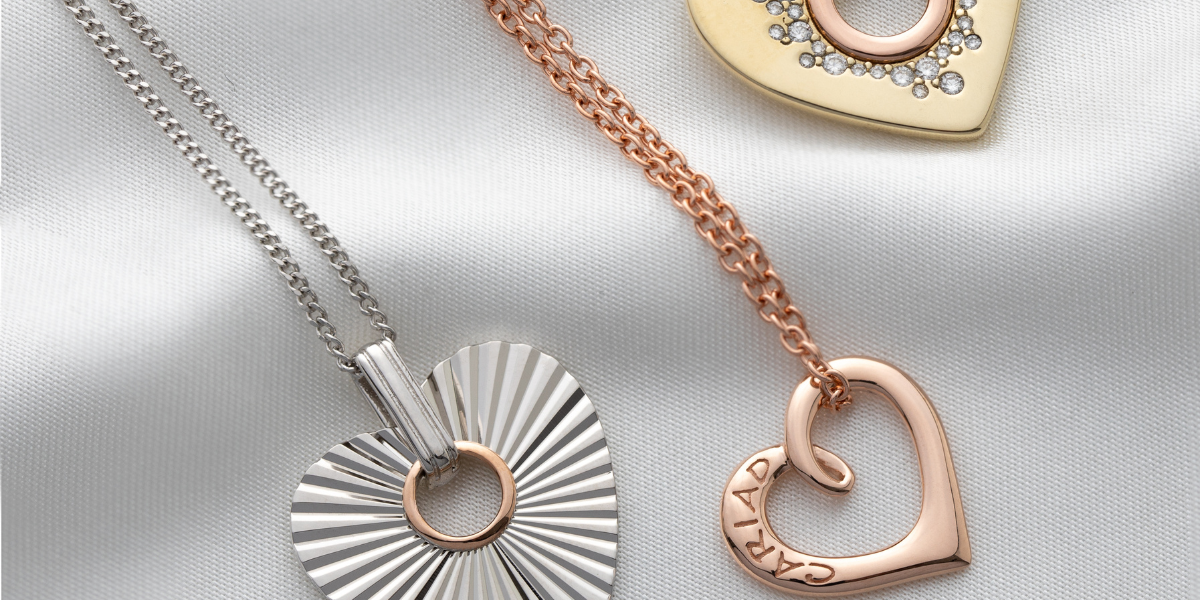UP NEXT
The UK’s supply of coronavirus vaccine could be further boosted should the new Novavax jab receive approval from the medicines regulator.
The vaccine, which has shown promising results in trials, will be manufactured in Stockton-on-Tees but is yet to be given the go-ahead by the Medicines and Healthcare products Regulatory Agency.
Meanwhile, the majority of the Oxford/AstraZeneca vaccine is set to be manufactured in the UK, despite initial doses coming from Germany.
The Pfizer/BioNTech vaccine is manufactured in Europe.
So what has the UK secured access to?
– What types of vaccine have been ordered?
– Adenoviral vaccines: These are based on weakened versions of adenoviruses, which are a group of viruses that typically infect membranes of the eyes, respiratory tract, urinary tract, intestines and nervous system, and include the common cold.
– mRNA vaccines: Traditional vaccines are made up of small or inactivated doses of the whole disease-causing organism, or the proteins that it produces, which are introduced into the body to provoke the immune system into mounting a response. But mRNA vaccines trick the body into producing some of the viral proteins itself.
– Inactivated whole virus vaccines: Inactivated vaccines contain whole bacteria or viruses which have been killed, or small parts of bacteria or viruses, such as proteins or sugars, which cannot cause disease.
– Protein adjuvant vaccines: An adjuvant is added to some vaccines to enhance the immune response, and has been shown to create a stronger and longer lasting immunity against infections than the vaccine alone.
The use of an adjuvant may reduce the amount of vaccine protein required per dose, which allows more vaccine doses to be produced.
The UK has placed orders for vaccines from:
– BioNTech and Pfizer
Type: mRNA
Doses: 40 million – enough for 20 million people
The vaccine is being rolled out across the UK, having been approved for use on December 2 last year.
– Oxford and AstraZeneca
Type: Adenovirus
Doses: 100 million – enough for 50 million people
The jab is being administered throughout the UK, after getting the green light from the Medicines and Healthcare products Regulatory Agency (MHRA) on December 30.
– Moderna
Type: mRNA
Doses: 17 million – enough for 8.5 million people
The jab from the US biotech firm has been approved for use in the UK, but doses will not be available until the spring.
– Novavax
Type: Protein adjuvant.
Doses: Under the in-principle agreement, the UK has secured 60 million doses of the Novavax vaccine
The UK is providing infrastructure to Novavax in running a phase three clinical trial in the UK, and plans to manufacture its vaccine in the UK with Fujifilm Diosynth Biotechnologies.
Results from those trials show the vaccine offers 89{f2a9790f1f5b326f5addd27543ef870bdef34be2bb42188b5ff1576c2dc9b21c} protection against Covid-19, but it still requires approval from the MHRA, which could take several weeks.
– Janssen
Type: Adenovirus
Doses: Some 30 million doses have been secured from Janssen, which is owned by Johnson & Johnson
Results of the ongoing Ensemble phase three clinical study are expected to be available later this month.
– Valneva
Type: Inactivated whole virus
Doses: There is an in-principle agreement for 60 million doses. If the vaccine is proven to be safe, effective and suitable, the UK has secured an option to acquire a further 40 million doses
Valneva’s site in Livingston, West Lothian, will manufacture the vaccine. Clinical trials are ongoing.
– GlaxoSmithKline (GSK) and Sanofi Pasteur
Type: Protein adjuvant
Doses: 60 million
Clinical trials for the vaccine are ongoing. Interim results of early phases of the trial showed an immune response comparable to patients who recovered from Covid-19 in adults aged 18 to 49 years, but a low immune response in older adults.








